Advancements in Cell Therapy
Recent advancements in cell therapy are driving growth in the live cell-encapsulation market. In Germany, the focus on regenerative medicine and personalized therapies has intensified, leading to increased investments in research and development. The live cell-encapsulation market is particularly relevant as it offers innovative solutions for protecting and delivering therapeutic cells. The market for cell therapy is expected to grow at a CAGR of around 25% over the next five years, indicating a robust demand for encapsulation technologies. These advancements not only enhance the viability of therapeutic cells but also improve their targeted delivery, which is crucial for effective treatment outcomes. As the landscape of cell therapy continues to evolve, the live cell-encapsulation market is likely to experience substantial growth.
Rising Demand for Biopharmaceuticals
The increasing demand for biopharmaceuticals in Germany is a key driver for the live cell-encapsulation market. As the healthcare sector evolves, there is a notable shift towards biologics, which are often more effective than traditional pharmaceuticals. This trend is reflected in the biopharmaceutical market, which is projected to reach approximately €40 billion by 2026. Live cell-encapsulation technology plays a crucial role in the development and delivery of these biologics, enhancing their stability and efficacy. Furthermore, the growing prevalence of chronic diseases necessitates innovative treatment solutions, further propelling the demand for encapsulated live cells. The live cell-encapsulation market is thus positioned to benefit significantly from this upward trend in biopharmaceuticals, as it provides essential tools for drug formulation and delivery.
Increased Investment in Biotechnology
The biotechnology sector in Germany is witnessing a surge in investment, which is positively impacting the live cell-encapsulation market. With government initiatives and private funding on the rise, the biotechnology industry is expected to reach a valuation of €20 billion by 2025. This influx of capital is facilitating the development of innovative technologies, including live cell-encapsulation solutions. Investors are increasingly recognizing the potential of encapsulated live cells in various applications, such as drug delivery and tissue engineering. The live cell-encapsulation market stands to gain from this trend, as it aligns with the broader goals of enhancing therapeutic efficacy and patient outcomes. As biotechnology continues to thrive, the demand for encapsulation technologies is likely to grow correspondingly.
Growing Focus on Personalized Medicine
The shift towards personalized medicine in Germany is a significant driver for the live cell-encapsulation market. As healthcare becomes more tailored to individual patient needs, the demand for innovative delivery systems that can accommodate personalized therapies is increasing. Live cell-encapsulation technology offers a promising solution by enabling the targeted delivery of therapeutic agents, thus enhancing treatment efficacy. The market for personalized medicine is projected to grow at a CAGR of 15% over the next few years, indicating a strong potential for the live cell-encapsulation market. This trend is further supported by advancements in genomics and biotechnology, which are paving the way for more effective and individualized treatment options. Consequently, the live cell-encapsulation market is well-positioned to capitalize on this growing focus.
Regulatory Support for Innovative Therapies
Regulatory support for innovative therapies in Germany is fostering growth in the live cell-encapsulation market. The German government has implemented various initiatives aimed at streamlining the approval process for new biopharmaceuticals and therapies. This supportive regulatory environment encourages research and development in the live cell-encapsulation market, as companies seek to bring novel solutions to market. The European Medicines Agency (EMA) has also been proactive in establishing guidelines that facilitate the development of advanced therapies, including those utilizing encapsulated live cells. As regulatory frameworks continue to evolve, the live cell-encapsulation market is likely to benefit from increased opportunities for commercialization and market entry.


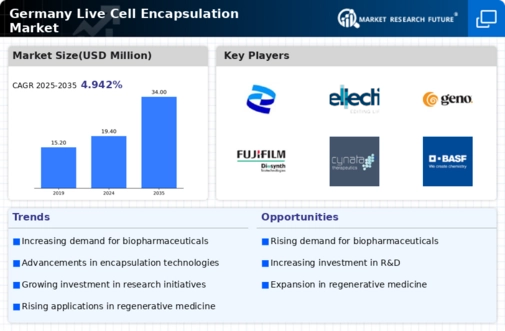
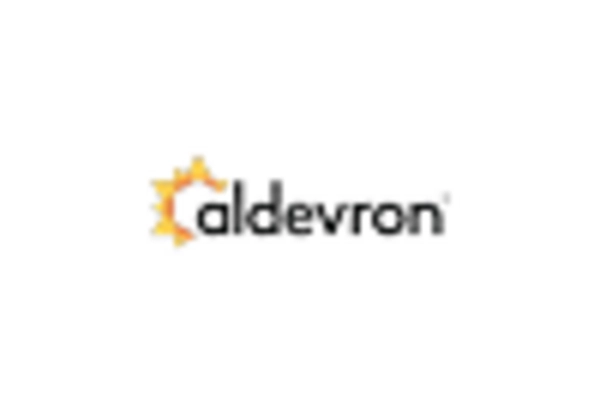
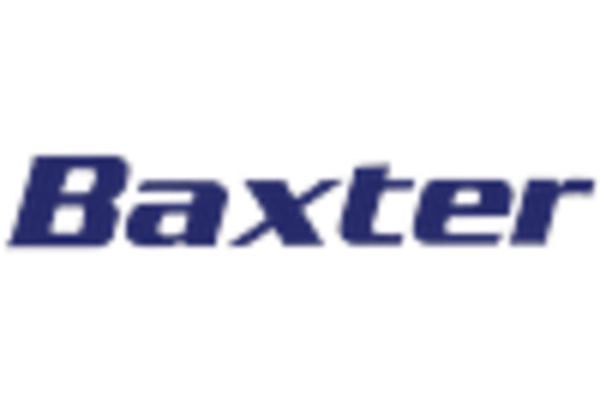
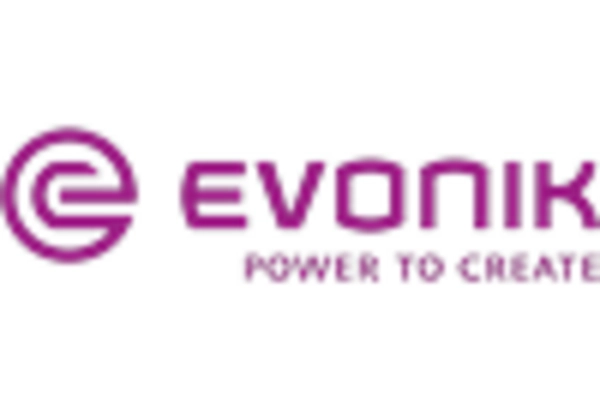
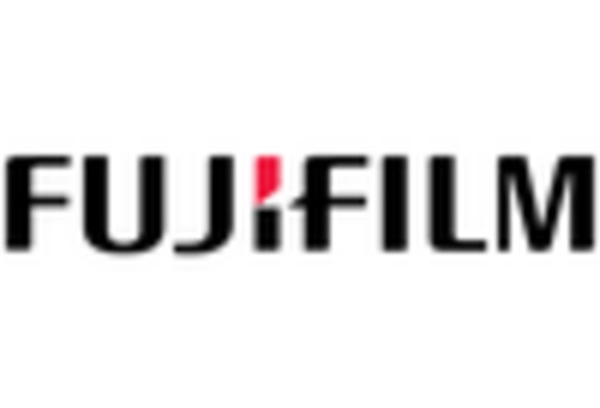
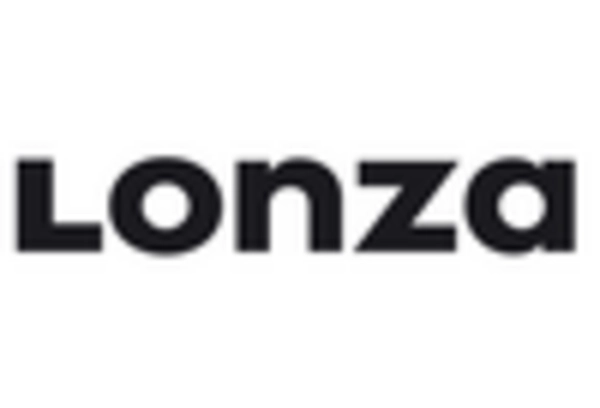
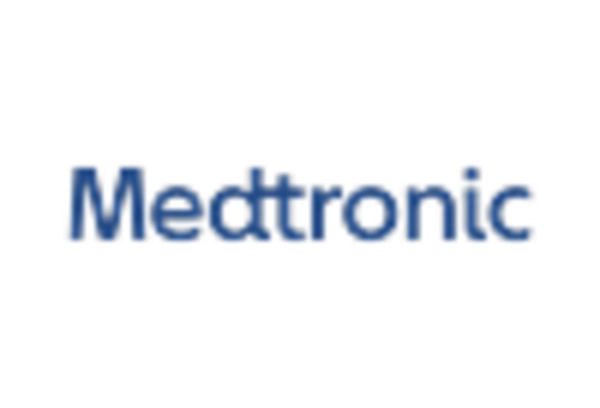








Leave a Comment